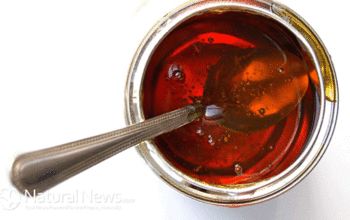Smudging is an ancient practice deeply rooted in Indigenous traditions that has gained popularity in recent years as a method for spiritual and environmental cleansing. This powerful ritual involves burning sacred herbs, most commonly sage, to purify spaces, objects, and individuals from negative energy and potentially harmful airborne pathogens.
Understanding Smudging: More Than Just a Ritual
At its core, smudging is a ceremonial practice that involves burning specific herbs, with sage being the most traditional and widely used. The process goes beyond simple aromatherapy, representing a holistic approach to emotional, mental, and environmental purification. Indigenous cultures have long recognized the profound connection between physical spaces and energetic environments.
Typically, practitioners use a sage bundle or smudging stick, carefully lighting the herbs and allowing them to smolder, creating a fragrant smoke that is then wafted through a space or around a person. The intention behind the practice is crucial – it’s not just about the physical act, but the mindful process of clearing and resetting energetic boundaries.
Potential Benefits of Smudging
Research and traditional wisdom suggest several potential benefits of smudging:
- Emotional Stress Relief: The release of negative ions during smudging may help reduce stress and improve overall mood.
- Air Purification: Some studies indicate that medicinal smoke can reduce airborne bacteria by up to 94%.
- Mental Clarity: Practitioners often report improved focus and reduced brain fog after smudging.
- Spiritual Cleansing: The ritual helps in setting intentions and clearing negative energy from personal spaces.
Potential Health Risks to Consider
While smudging offers numerous benefits, it’s essential to be aware of potential health concerns. The practice can generate significant particulate matter that may exceed Environmental Protection Agency (EPA) air quality standards. Individuals with respiratory conditions like asthma or COPD should be particularly cautious.
Key health considerations include:
- Potential respiratory irritation from smoke
- Risk of fine particle pollution
- Possible cardiovascular stress for sensitive individuals
Best Practices for Safe Smudging
To maximize benefits and minimize risks, consider these guidelines:
- Ensure proper ventilation during smudging
- Use high-quality, organic herbs from reputable sources
- Keep smudging sessions short and infrequent
- Use a fireproof container and have water nearby
- Set clear, positive intentions during the ritual
Choosing Your Smudging Herbs
While sage is the most common herb, other options include:
- White sage (most traditional)
- Sweetgrass
- Lavender
- Cedar
- Palo Santo
Final Thoughts
Smudging is a powerful practice that bridges spiritual tradition and potential wellness benefits. However, it’s crucial to approach it mindfully, respecting its cultural origins and being aware of both its advantages and potential risks. Always listen to your body and consult healthcare professionals if you have pre-existing health conditions.
By understanding smudging’s nuanced nature, you can incorporate this ancient practice into your wellness routine responsibly and effectively.





